II W.W.
| BEFORE II W.W. | II W.W.
|
AFTER II W.W. |
| UPDATED MAR 2024 | ME - CONTACT |
 |
|
BOEING 727 - BREITLING WAKMANN 651-T2-24 |
|
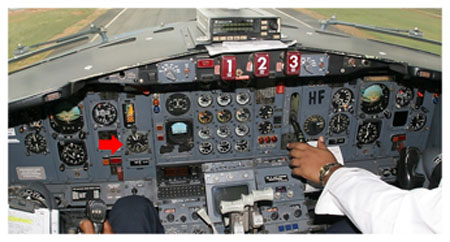 |
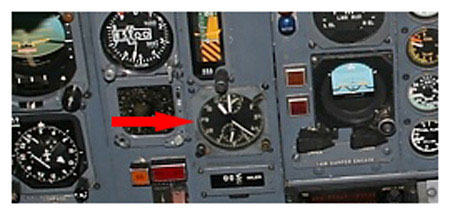 |
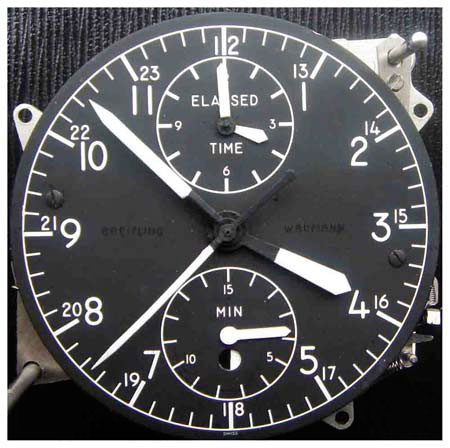 |
THE CLOCKWakmann established itself in New York as an importer of several watch brands, most notably Breitling. They even collaborated on some co-branded clocks, like this one.After World War II, Wakmann began manufacturing its own watches for the US Army, with the A-13 being their most popular model.This particular clock, designed for use in commercial airplanes, displays time, elapsed time up to 12 hours, and has a chronograph function with a 15-minute counter. It boasts 16 jewels and offers an eight-day power reserve. |
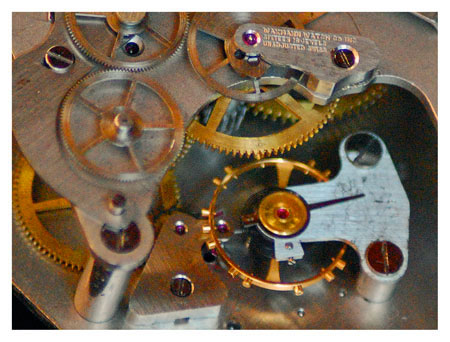 |
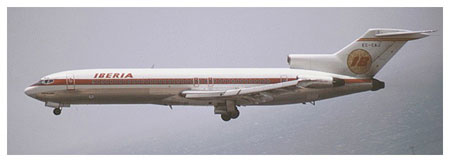 |
THE PLANEOriginally designed by a consortium of United Airlines, American Airlines, and Eastern Airlines as a replacement for the Boeing 707, the Boeing 727 took shape amidst differing priorities. United Airlines favored a four-engine aircraft for high-altitude operations, while American Airlines prioritized a more fuel-efficient twin-engine design. Eastern Airlines, on the other hand, needed a three-engine option for their Caribbean routes. Ultimately, a compromise was reached, and the Boeing 727 emerged as a three-engine aircraft.The Boeing 727 became a highly recognizable icon for short-haul flights throughout the 1970s and 1980s. Its defining feature was its exceptional short-field performance, made possible by advanced Krueger flaps and leading-edge slats. This capability allowed smaller airports to function as feeder routes for major hubs. With a maximum passenger capacity of 189, the Boeing 727 enjoyed a successful production run, with 1,832 aircraft built between 1964 and 1984.In Spain, Iberia Airlines replaced its Caravelle fleet with 37 Boeing 727s, operating them from 1972 to 2001. Notably, the aircraft's final commercial flight in Spain was accompanied by a display from the Spanish Air Force aerobatic team "Águila."THE COCKPITThe cockpit, designed for a three-person crew (including a flight engineer), was spacious and comfortable. The instruments were large, well-positioned, and offered good visibility for pilots. Overall, the aircraft boasted easy handling characteristics and responsive flight controls, even allowing for side-slipping maneuvers to expedite descents.One remarkable feature was the exceptional quietness in the cockpit during takeoff. Since the engines were mounted at the rear, once the wheels retracted and the landing gear doors closed, the noise level was incredibly low. The only sound was the subtle hum of the altimeter's vibrators. However, as the plane accelerated, wind noise became quite noticeable. |
|
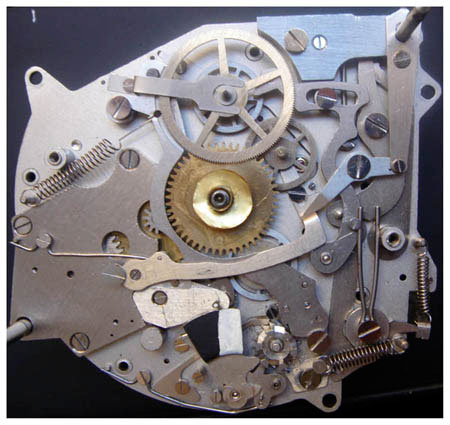 |
|
 |
|
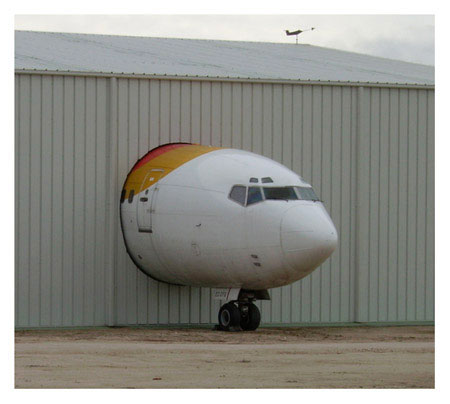 |
|
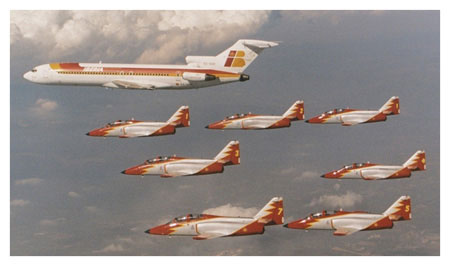 |
|
Another distinctive characteristic was the sound produced by the electric nose trim. Two wheels, located on either side of the central control pedestal, spun rapidly and forcefully when engaged. Caution was necessary to avoid getting fingers or knees caught in these moving parts. |
|
GO TO - CLOCKS FOR SALE |
GO TOP OF THE PAGE |
HOME |